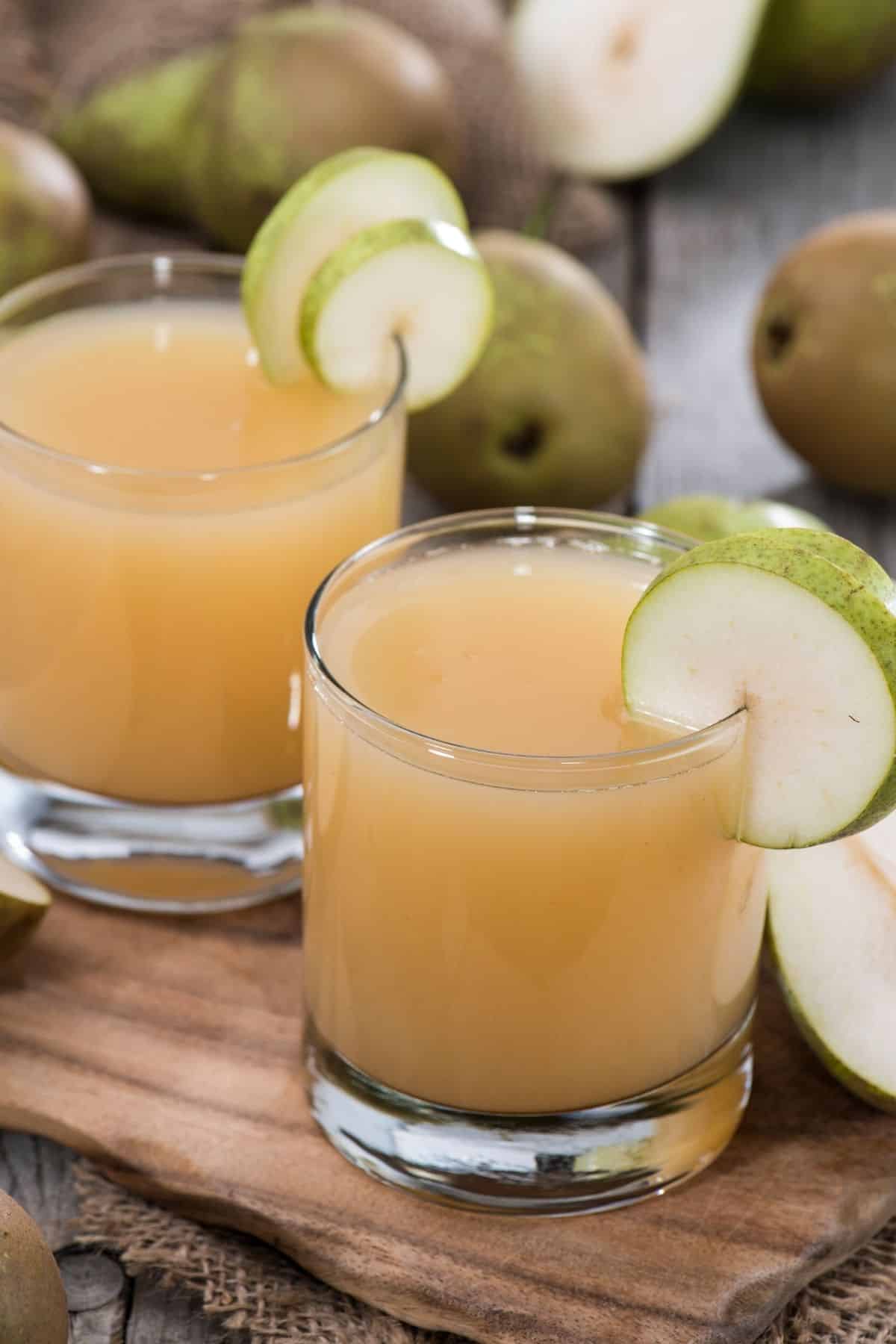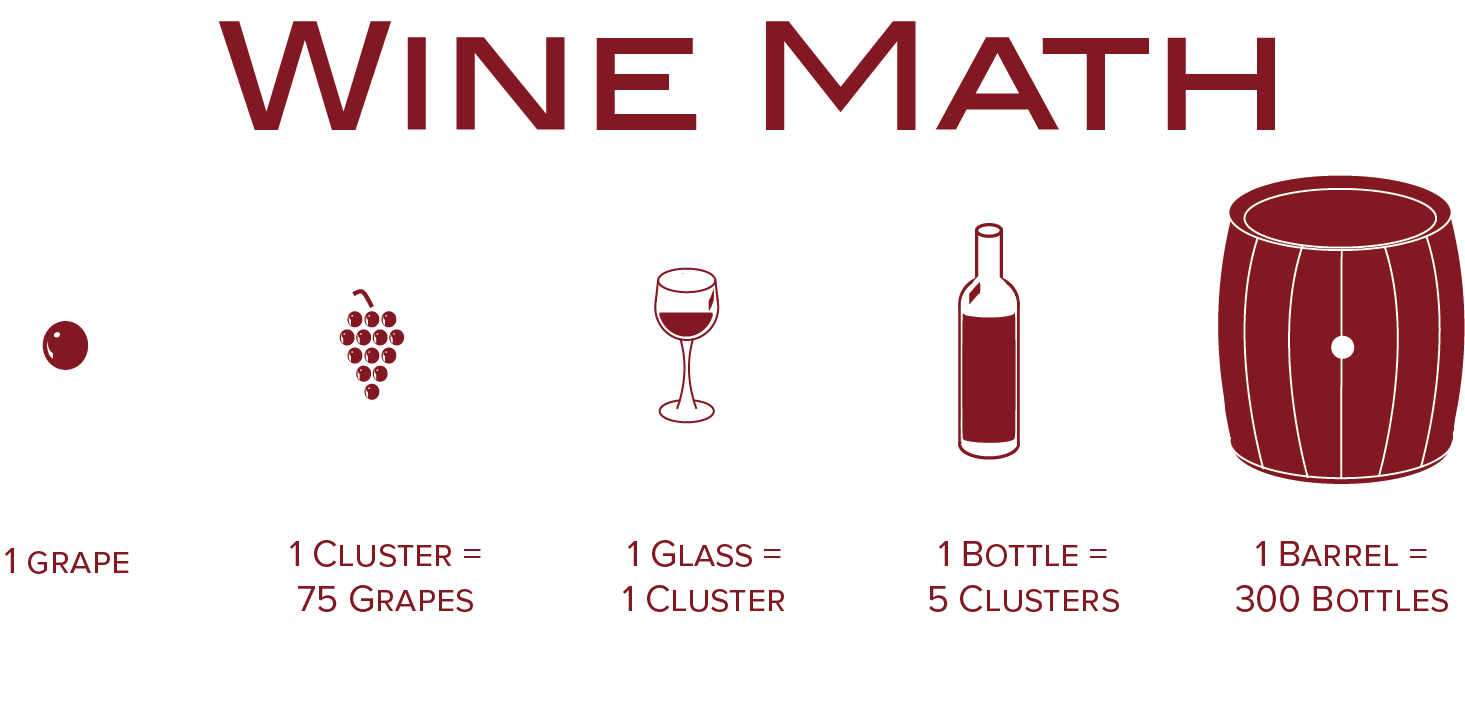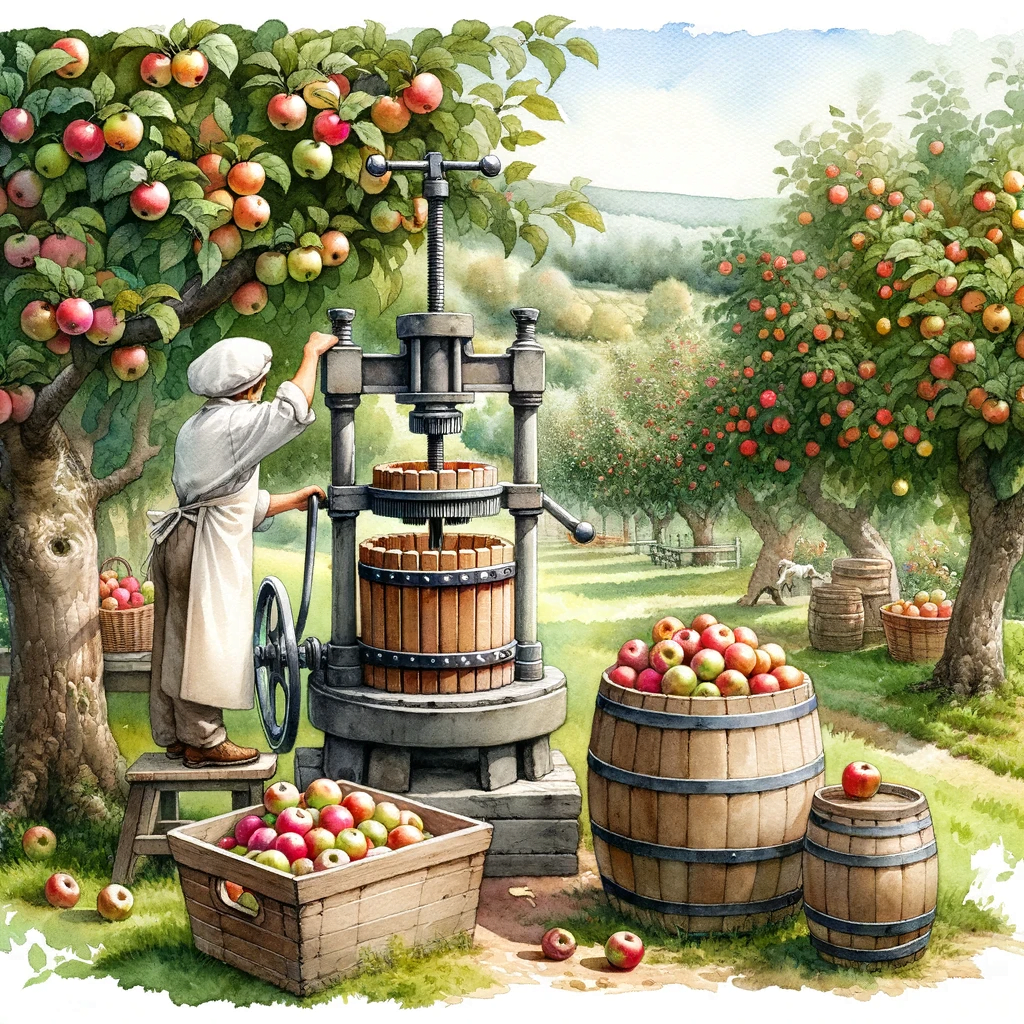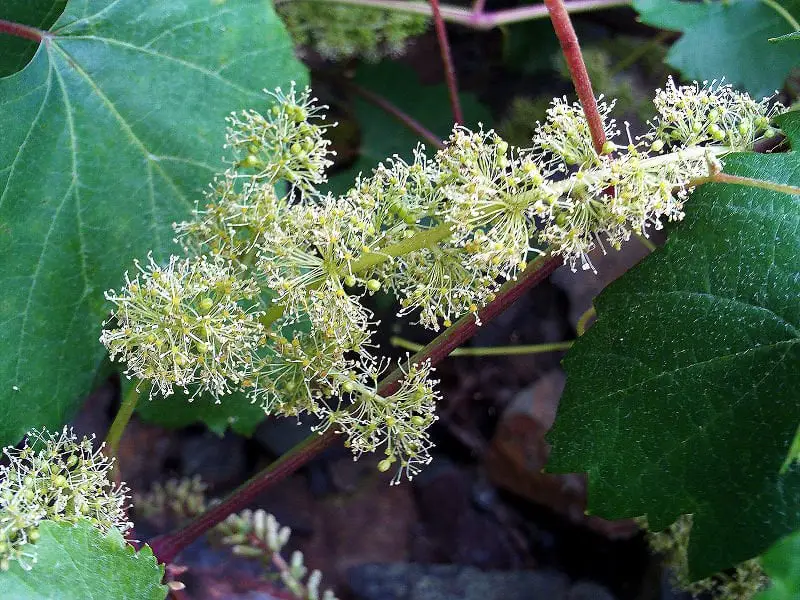In this informative article, you will discover the step-by-step process of extracting fresh and flavorful juice from ripe pears. By following this comprehensive guide on how to juice pears, you will gain valuable insights into selecting the perfect pears, preparing them for juicing, and utilizing various juicing techniques to obtain the optimal texture and taste. Whether you are a novice juicer or a seasoned enthusiast, this article will empower you with the knowledge and skills necessary to create a truly refreshing and nutritious pear juice.
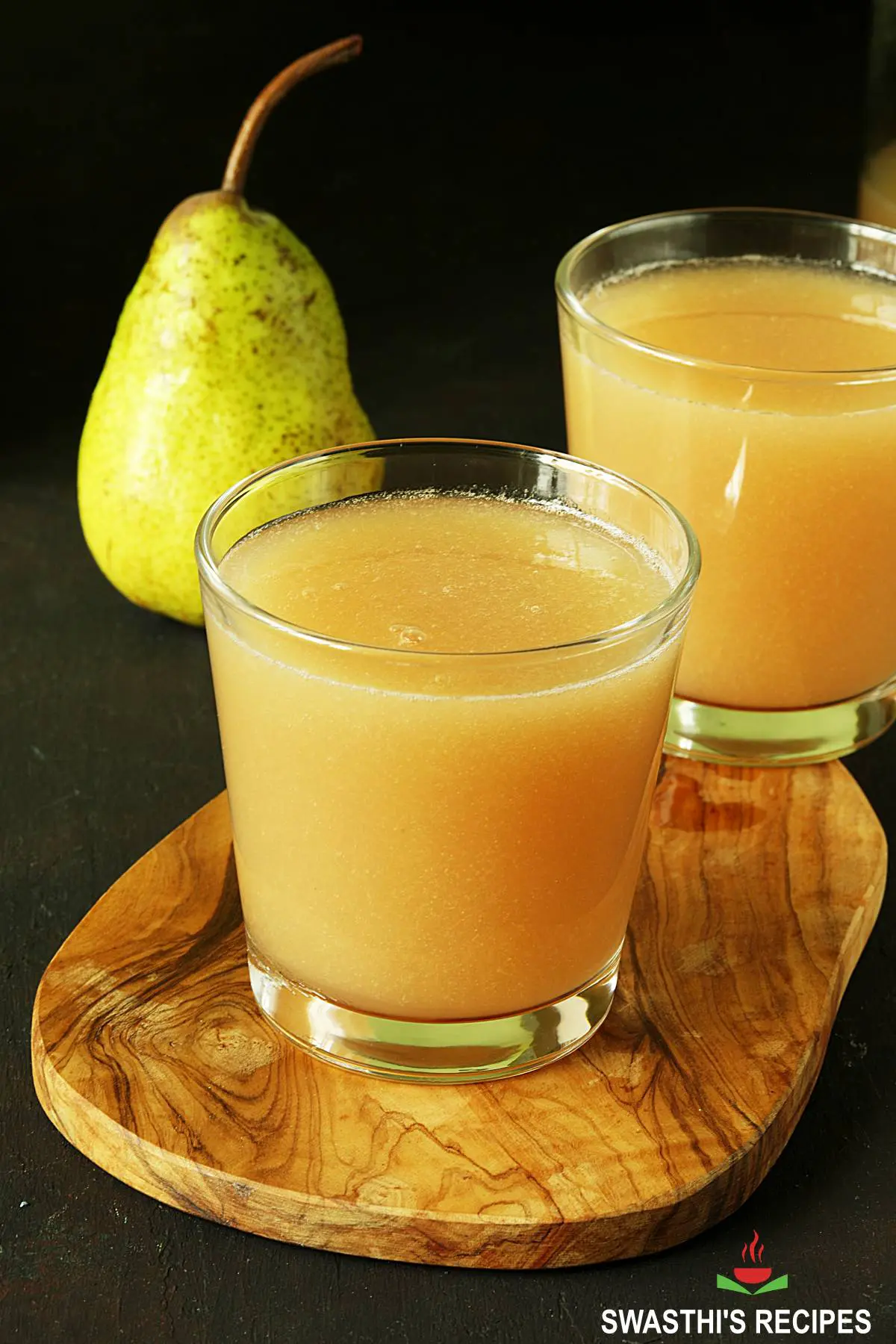
Choosing and Preparing the Pears
When it comes to juicing pears, selecting the right ones is crucial. Look for pears that are ripe but not overly soft or mushy. They should have a slight give when gently squeezed. Opt for varieties such as Bartlett, Anjou, or Bosc, as they are commonly used for juicing due to their natural sweetness and pleasant flavor.
Before juicing the pears, it is important to wash them thoroughly. Rinse them under cool water and gently scrub their skin with a produce brush to remove any dirt or bacteria. Peeling the pears is a matter of personal preference – while the skin contains valuable nutrients, some may find its texture unappealing in the juice. If you choose to peel the pears, use a vegetable peeler and remove the skin in long, even strokes.
Once the pears are washed and, if desired, peeled, it is time to remove the seeds and core. To do this, cut the pears in half vertically and use a spoon or a melon baller to scoop out the seeds and core. Be sure to discard these parts as they are not suitable for juicing.

Blending Methods
When it comes to extracting the juice from pears, there are two primary methods: using a blender or using a juicer. Both methods have their own advantages and considerations, and the choice ultimately depends on personal preference and the desired consistency of the juice.
Using a blender is a simple and accessible method. Start by cutting the prepared pears into smaller pieces, removing the seeds and core as described earlier. Place the pear pieces into the blender and blend on high speed until smooth. Once blended, strain the mixture using a fine-mesh sieve or a cheesecloth to remove any pulp or residue. This method results in a thicker juice with some pulp, which can provide additional fiber and nutrients.
On the other hand, using a juicer offers a more streamlined juicing process. Simply feed the prepared pears into the juicer, and it will separate the juice from the pulp. This method produces a smooth and pulp-free juice, which some may prefer for a more refined drinking experience. However, it is important to note that a juicer may be a more expensive and specialized piece of equipment compared to a blender.
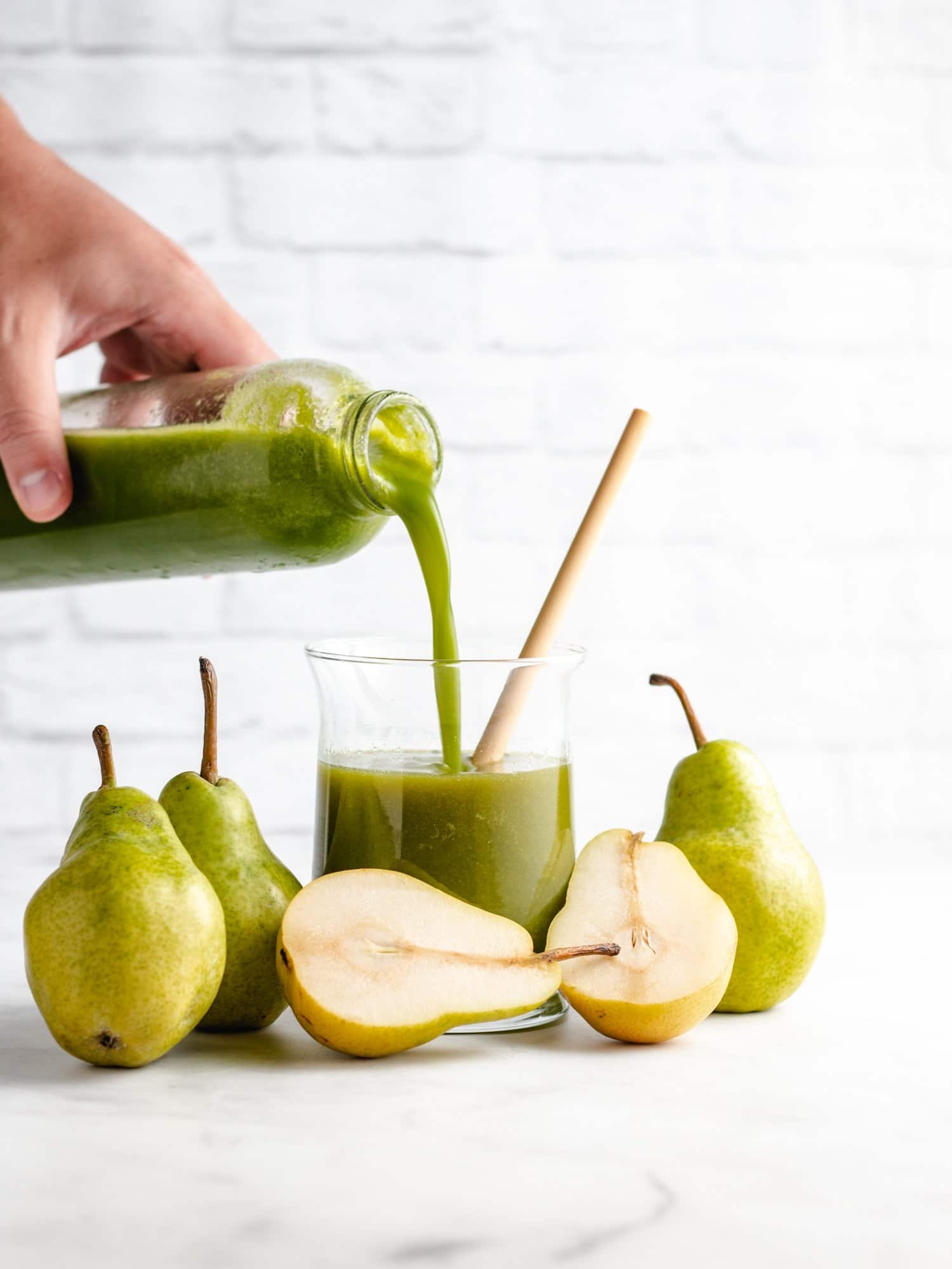
Mixing with Other Ingredients
To enhance the flavor and nutritional profile of pear juice, various ingredients can be added. Sweeteners such as honey, maple syrup, or agave nectar can be used to balance the natural tartness of the pears. Begin by adding a small amount, then taste and adjust the sweetness according to your preference.
For those looking to experiment, consider combining pear juice with other fruits or vegetables. Apples, carrots, celery, or ginger can complement the flavor of pears and add depth to the juice. Play around with different ratios to find the perfect blend that suits your taste buds.
To further elevate the taste and health benefits of pear juice, consider incorporating herbs and spices. Mint, basil, cinnamon, or turmeric can add a refreshing or warming element, respectively. Sprinkle a small amount into the juice and mix well to infuse the flavors.
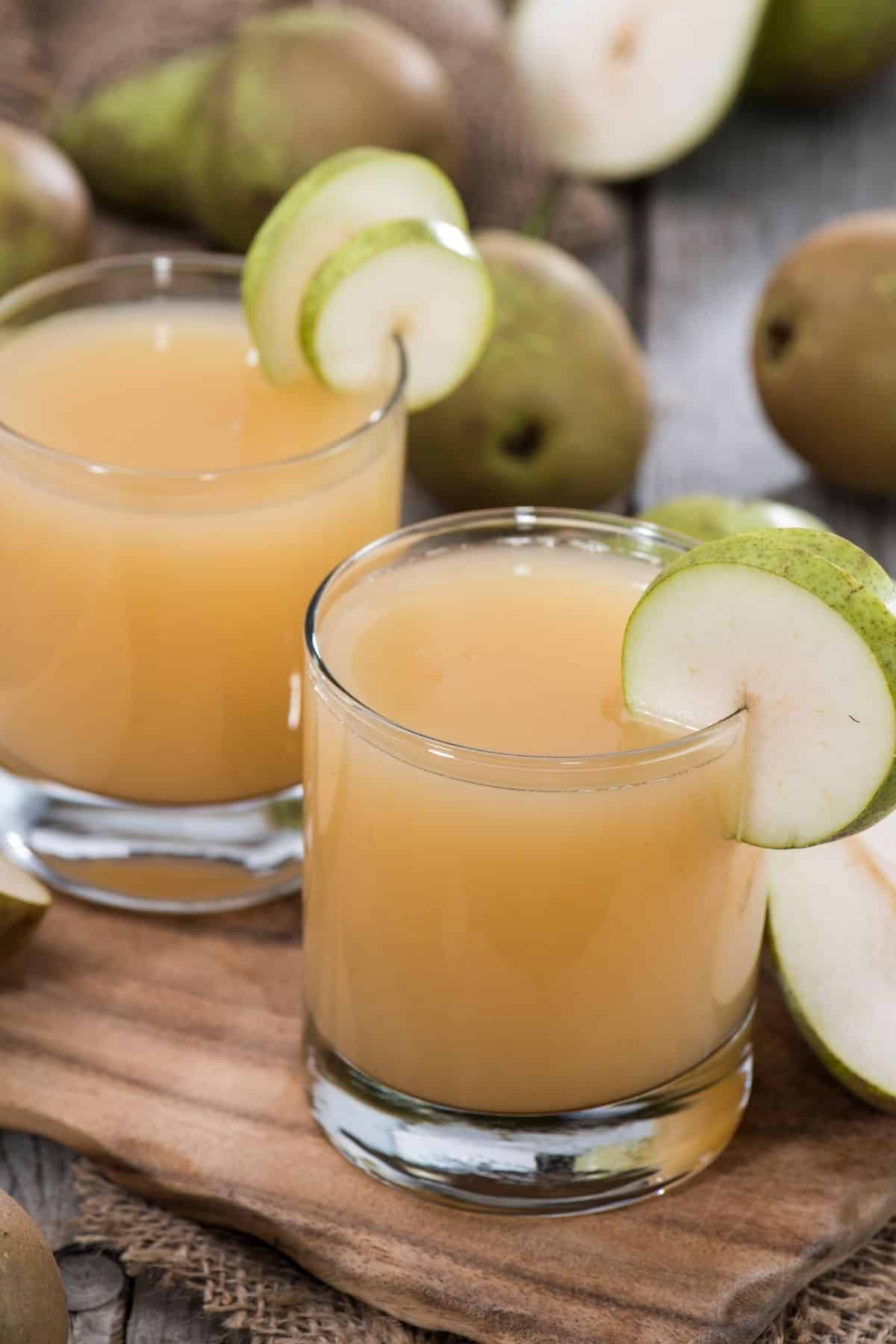
Storing and Serving
To ensure the freshness and longevity of your pear juice, proper storage is essential. It is best to consume the juice immediately after preparation to enjoy its full flavor and nutritional value. However, if there is any leftover juice, it can be stored in an airtight container in the refrigerator for up to 48 hours. Remember to give the juice a good stir before serving, as natural separation may occur.
When it comes to serving pear juice, the possibilities are endless. Pour it into a glass and sip it as a refreshing beverage on its own. You can also serve it over ice for a chilled and thirst-quenching experience. For a more creative touch, consider garnishing the juice with a slice of pear or a sprig of mint.
In addition to standalone consumption, pear juice can be utilized in various recipes to diversify your culinary repertoire. Use it as a base for smoothies or cocktails, or incorporate it into baked goods such as muffins or cakes. Pear juice can also be a delicious addition to salad dressings, marinades, or sauces, offering a unique flavor profile to your dishes.
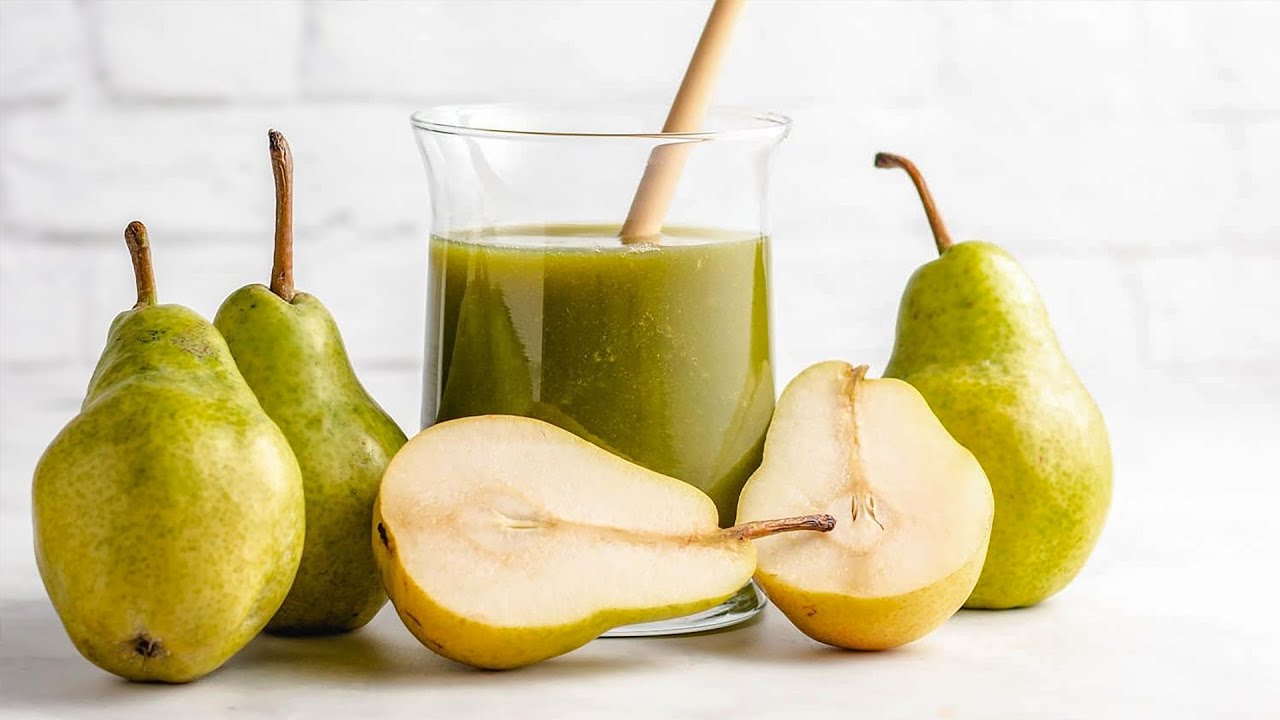
Health Benefits of Pear Juice
Aside from its delectable taste, pear juice also brings numerous health benefits to the table. From promoting digestive health to supporting cardiovascular well-being, pears are a nutritious addition to your diet.
One of the primary benefits of pear juice lies in its impact on digestive health. Pears are rich in dietary fiber, which aids in regulating bowel movements and preventing constipation. Additionally, the pectin found in pears acts as a prebiotic, promoting the growth of beneficial gut bacteria for a healthy digestive system.
Pear juice can also contribute to cardiovascular health. Pears contain potassium, a mineral that helps maintain proper heart function and regulate blood pressure. Additionally, the flavonoids present in pears have been linked to a reduced risk of heart disease and improved overall heart health.
For those looking to manage their weight, pear juice can be a valuable tool. The high fiber content in pears promotes feelings of fullness and satiety, reducing the likelihood of overeating. Additionally, pear juice is a naturally low-calorie and fat-free beverage, making it a guilt-free option for those watching their calorie intake.
Lastly, pear juice contains antioxidant and anti-inflammatory properties. Pears are packed with vitamin C and other antioxidants that help combat oxidative stress and reduce inflammation in the body. Regular consumption of pear juice can contribute to a strengthened immune system and a reduced risk of chronic diseases.
In conclusion, juicing pears is a versatile and rewarding process that allows you to enjoy the distinct flavors and health benefits they offer. Whether you choose to blend or juice, experiment with various additions, or explore the diverse applications, pear juice is a delicious and nutritious addition to your dietary repertoire. Cheers to your health!
